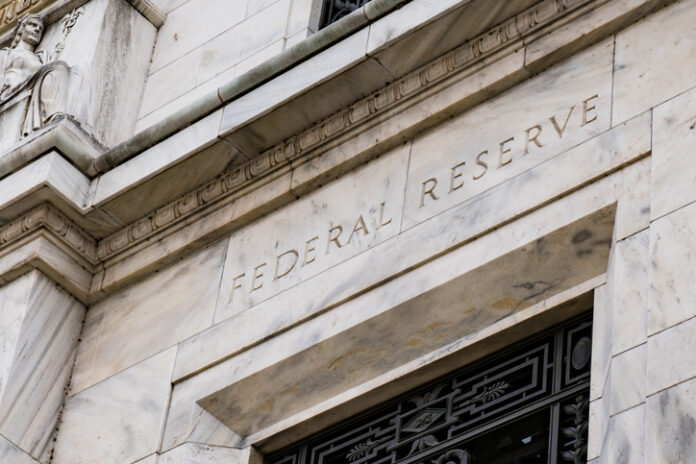The Fed’s monetary restraint is approaching the danger zone as the results will hit the economy after the standard time lags for those effects.
Stocks were mostly lower this past week on lower trading volume. If the Fed imposes additional monetary restraint, it will make the upcoming economic downturn even more painful. We hope the Fed will refrain from raising interest rates further at its July meeting.
The Week That Was
Economic news was mixed last week. The Homebuilders’ Index was up, as builders increased their confidence for a stronger market. S&P’s June business survey was also fairly positive.
The only report of weakness came from the June increase in weekly initial claims for unemployment insurance.
The Homebuilders survey for early June registered a sharp increase to 55, the first reading above breakeven (50) since July, 2022. New home activity is increasing despite mortgage rates approaching 7 percent
May housing starts moved sharply higher to 1.6 million units, about even with housing starts in early 2021. However, May housing permits were more subdued at 1.4 million units, down 19 percent from early 2021.
Housing start data are highly volatile and less reliable than permits. Permits point to only a modest improvement.
June weekly employment numbers are beginning to show signs of weakness in the labor market. In the three weeks ending June 17, initial unemployment claims increased to 262,000, 45,000 above the average of the past year.
S&P’s survey of business activity in early June shows the service sector remains reasonably strong with an overall reading of 54 and strong new orders. The manufacturers reading is negative territory at 47. Given the size of the service sector, the implication is the economy is growing at an annualized rate of 2 percent.
Things to Come
Tomorrow’s report on May new orders for durable goods will indicate the extent to which the increase in April is the beginning of an upward trend. We doubt it, but if firms are increasing orders, it means the economy is stronger than we anticipate.
The most important news of the week will be Friday’s report on May consumer spending,
incomes and inflation. This report is the most comprehensive view of the economy’s performance into the current quarter.
In the three months ending in April this report shows a significant slowdown in spending,
incomes and inflation to 3 percent to 4 percent annual rates. We anticipate the report for May will provide further evidence of a slowdown in all three of these components. If so, this will be good news.
Money, Money, Money
Interest rates remain relatively stable. The yield on six-month Treasury bills is 5.4 percent, indicating the expectation for at least one more increase in rates in late July.
CME futures markets place the odds of a one-time increase in fed funds to 5¼ percent to 5½ percent at the Fed’s July meeting. Rates are then expected to remain constant until the end of the year.
We remain concerned that the lagged effects of the Fed’s monetary restraint have yet to hit the economy. If the Fed continues to pursue additional monetary restraint, expect the downturn in the economy late this year will be more painful than necessary. We continue to hope the Fed will avoid raising rates at its July meeting.
Market Forces
Stocks were lower in a quiet week of trading. The consensus outlook in financial markets implies a weak economy later this year with more weakness in early 2024.
Investors appear to have become overconfident in their expectations for strong corporate earnings. Upcoming earnings reports are likely to be disappointing. Look for downward pressure on stocks.
Outlook
Economic Fundamentals: negative
Stock Valuation: S&P 500 overvalued by 13 percent
Monetary Policy: restrictive
For more Budget & Tax News.
For more from The Heartland Institute.











